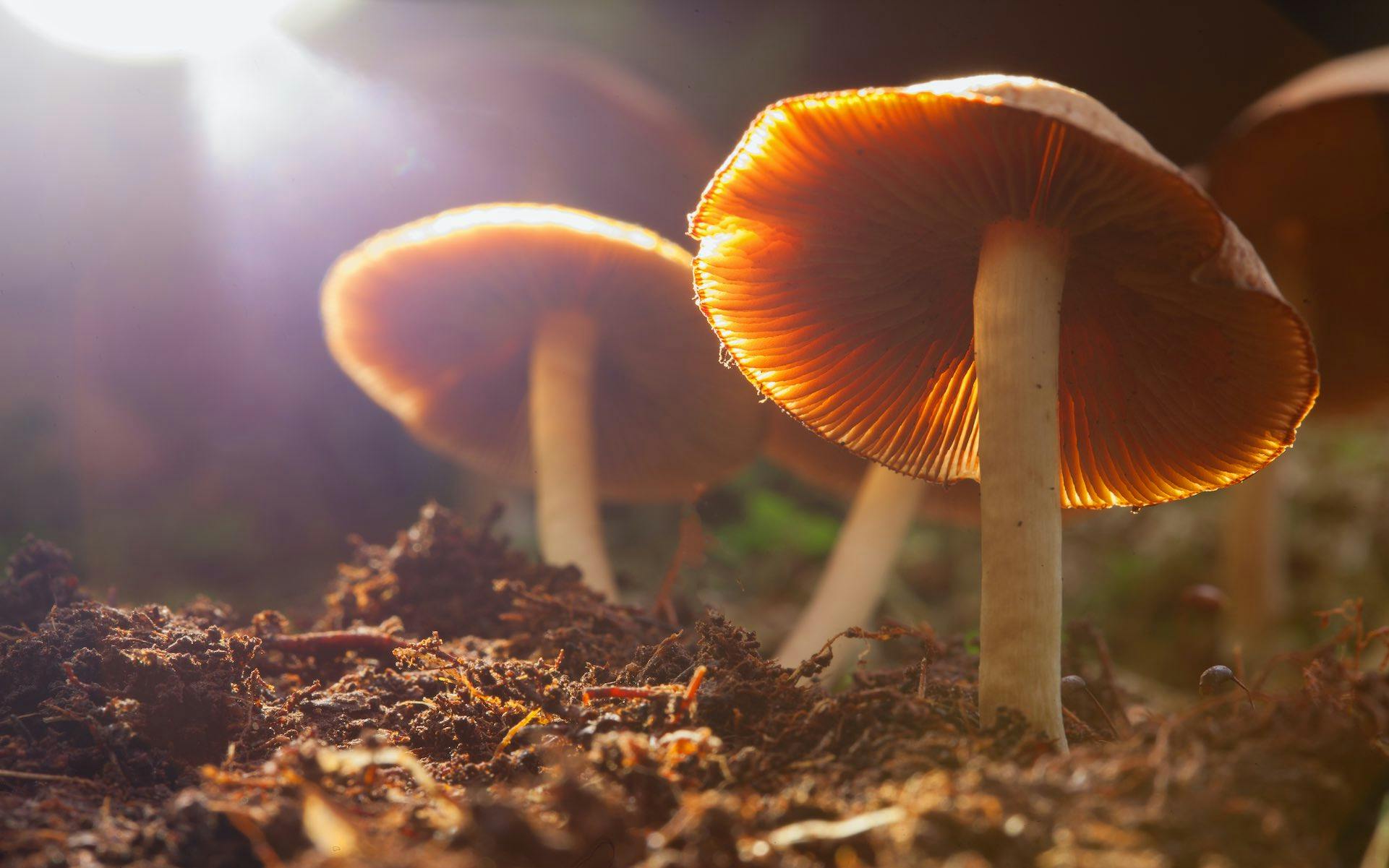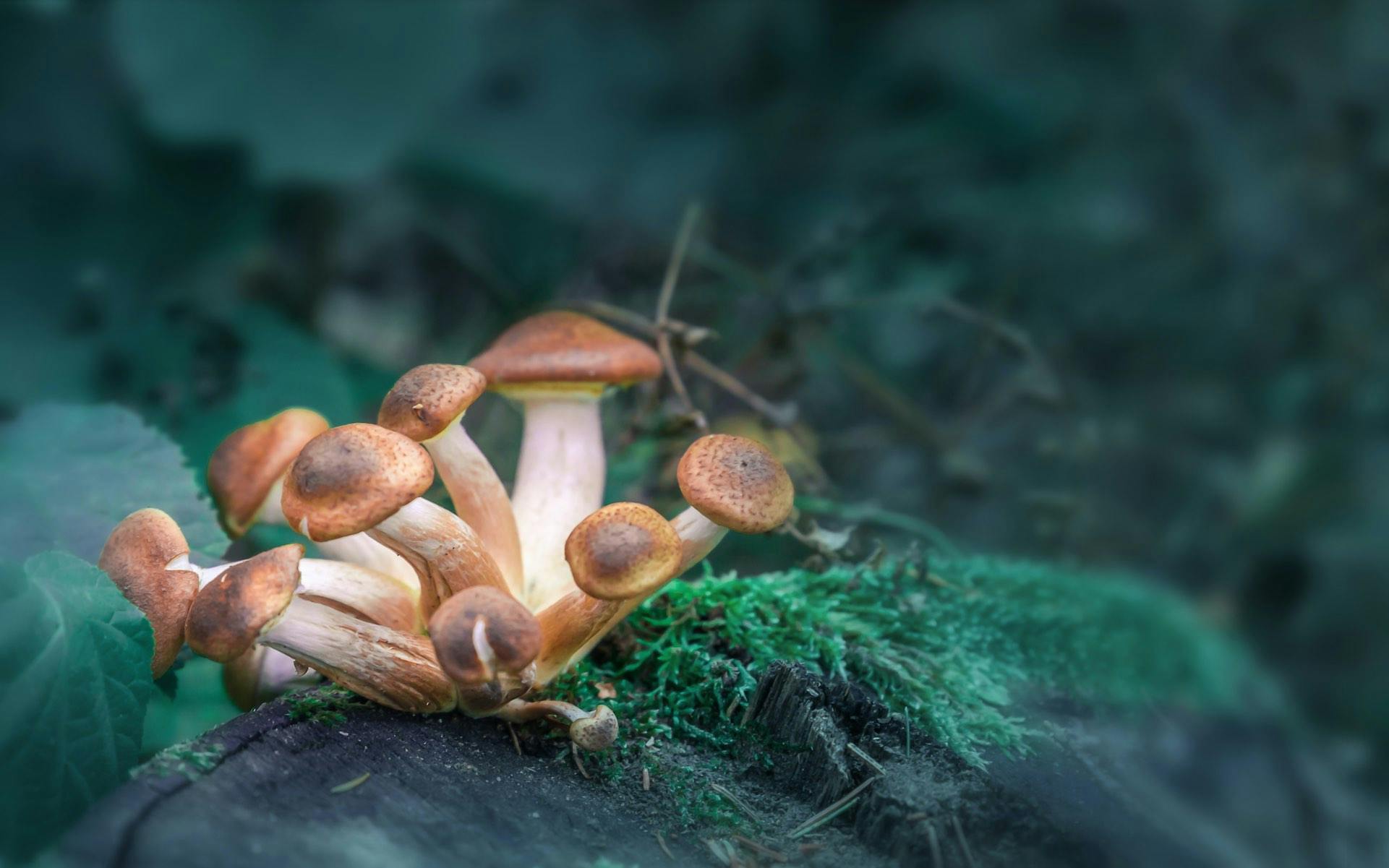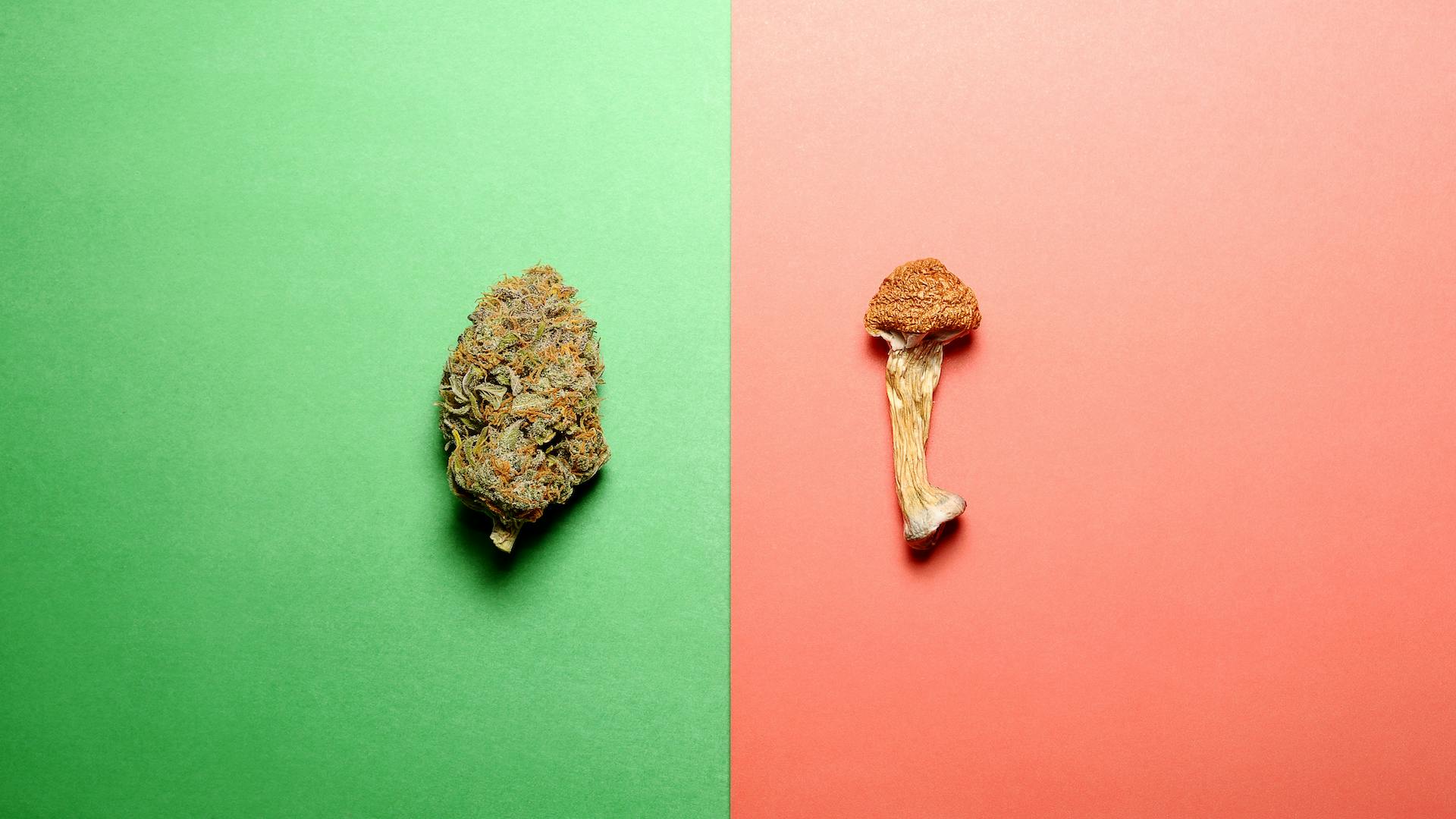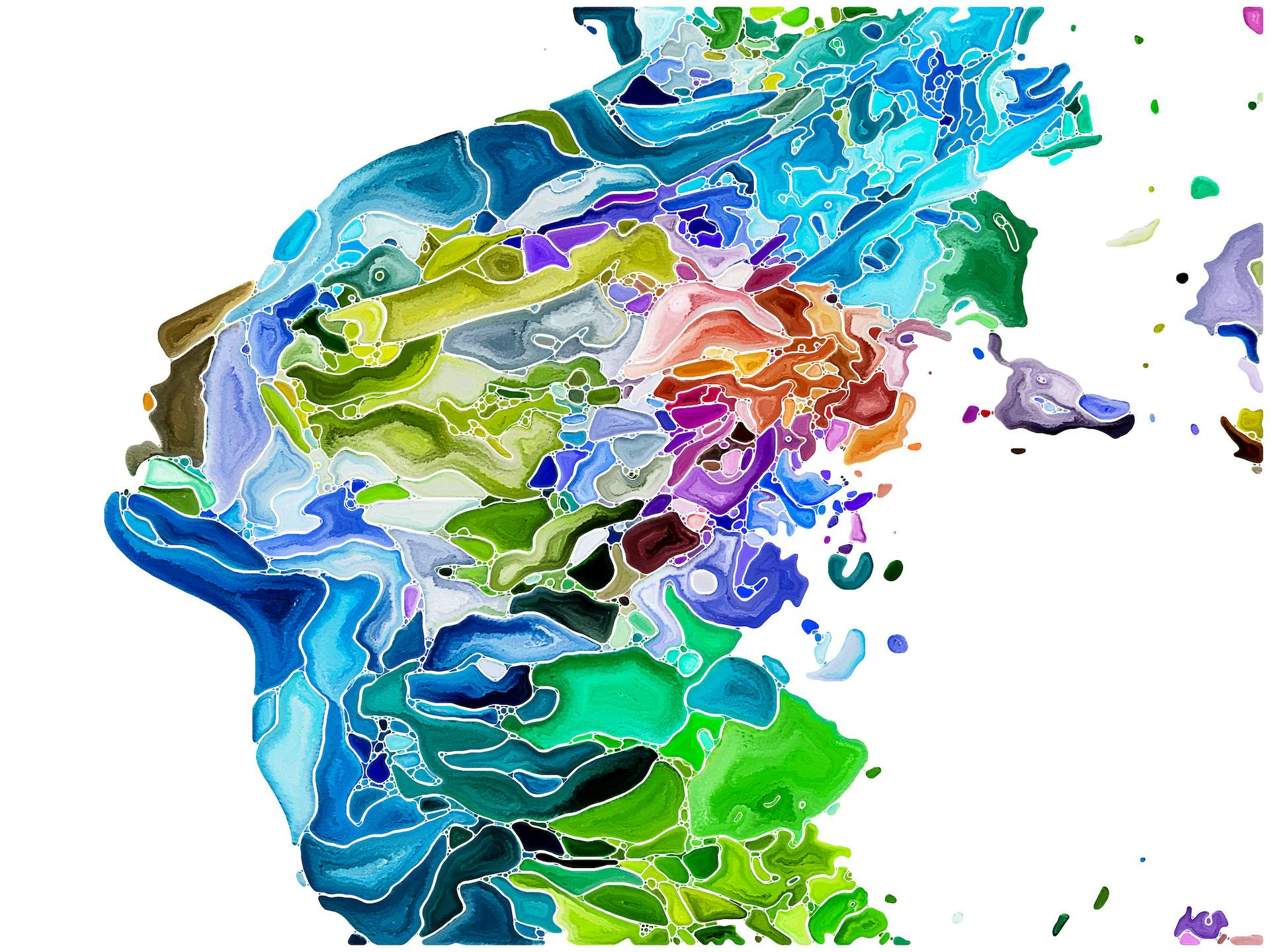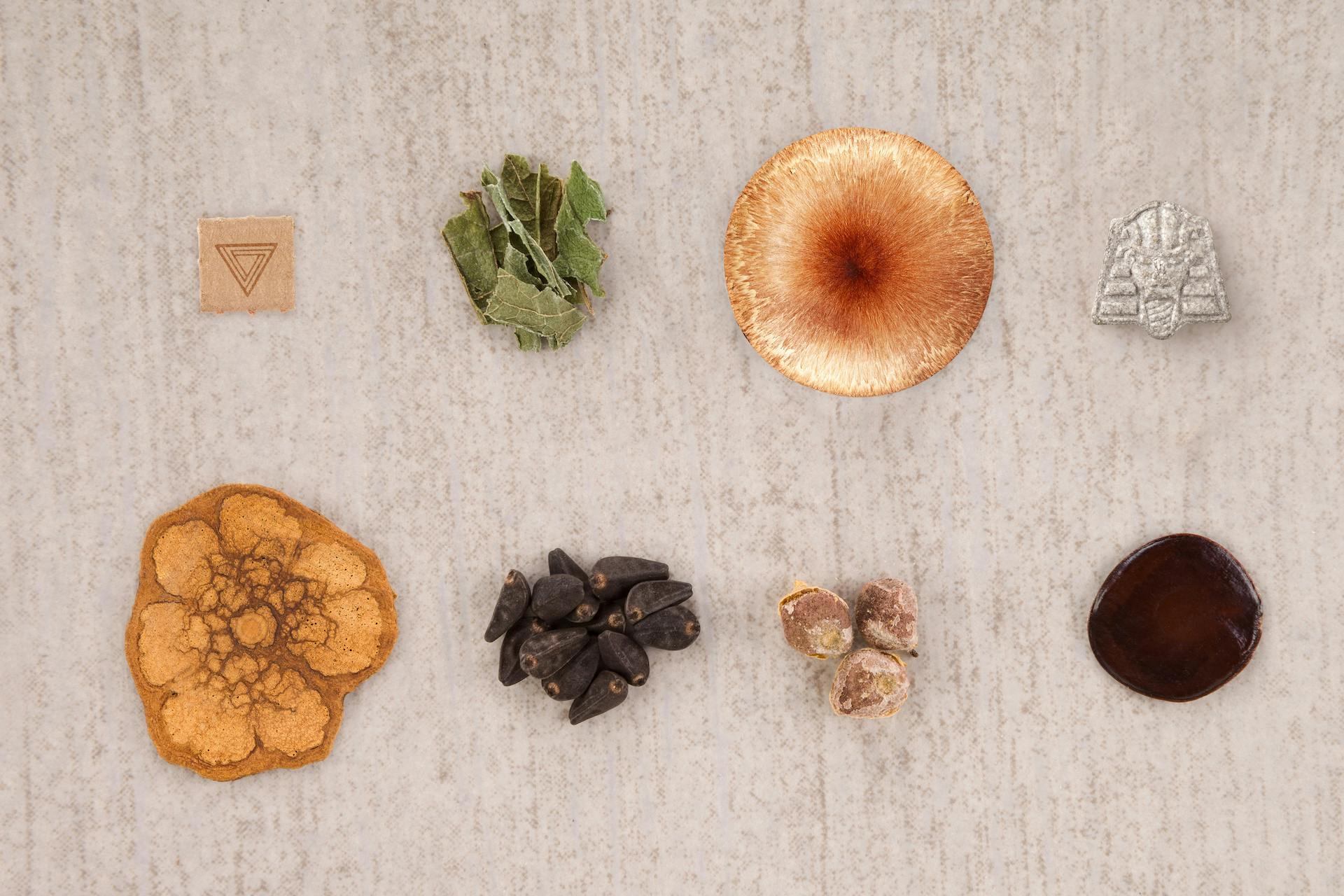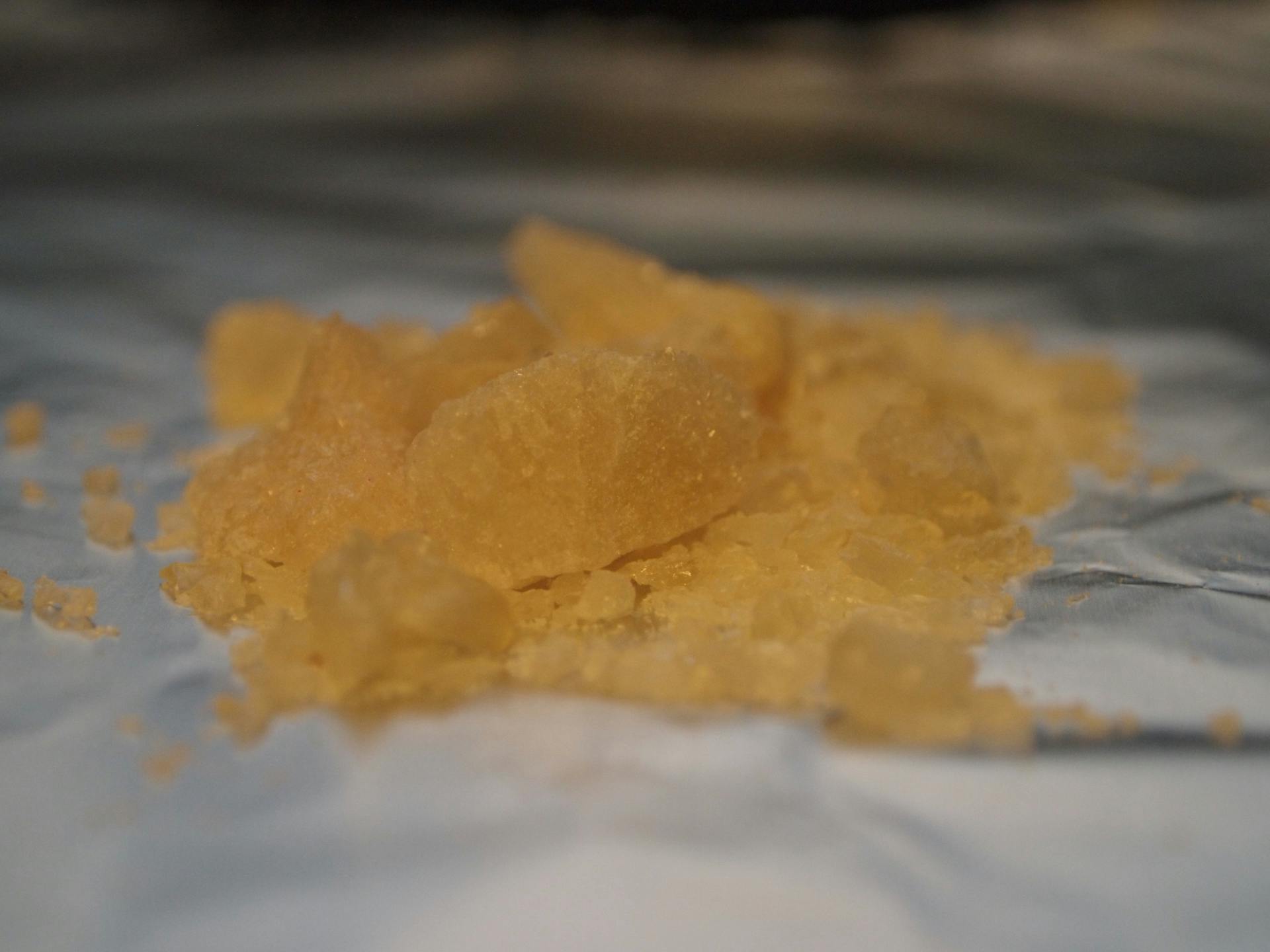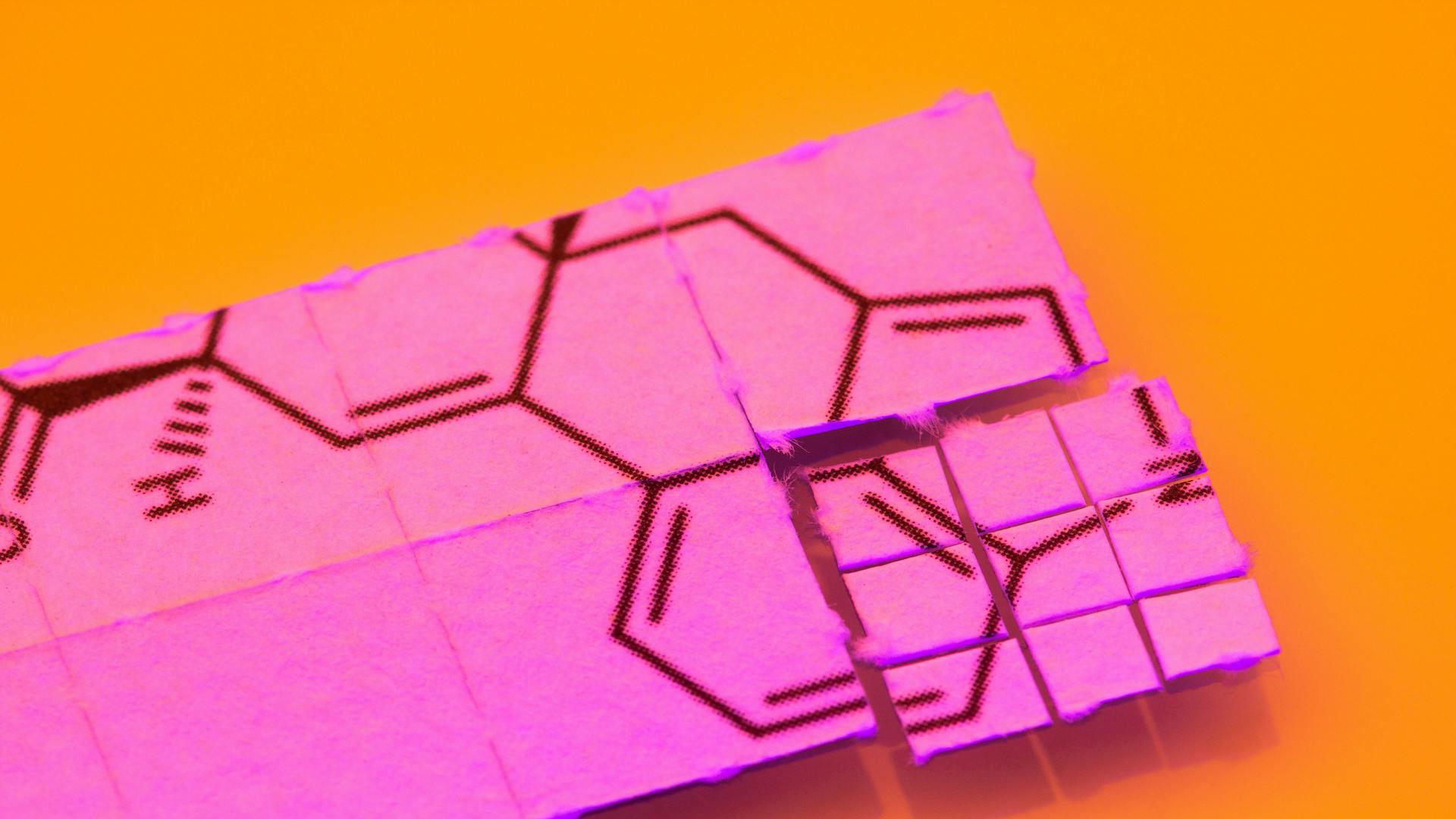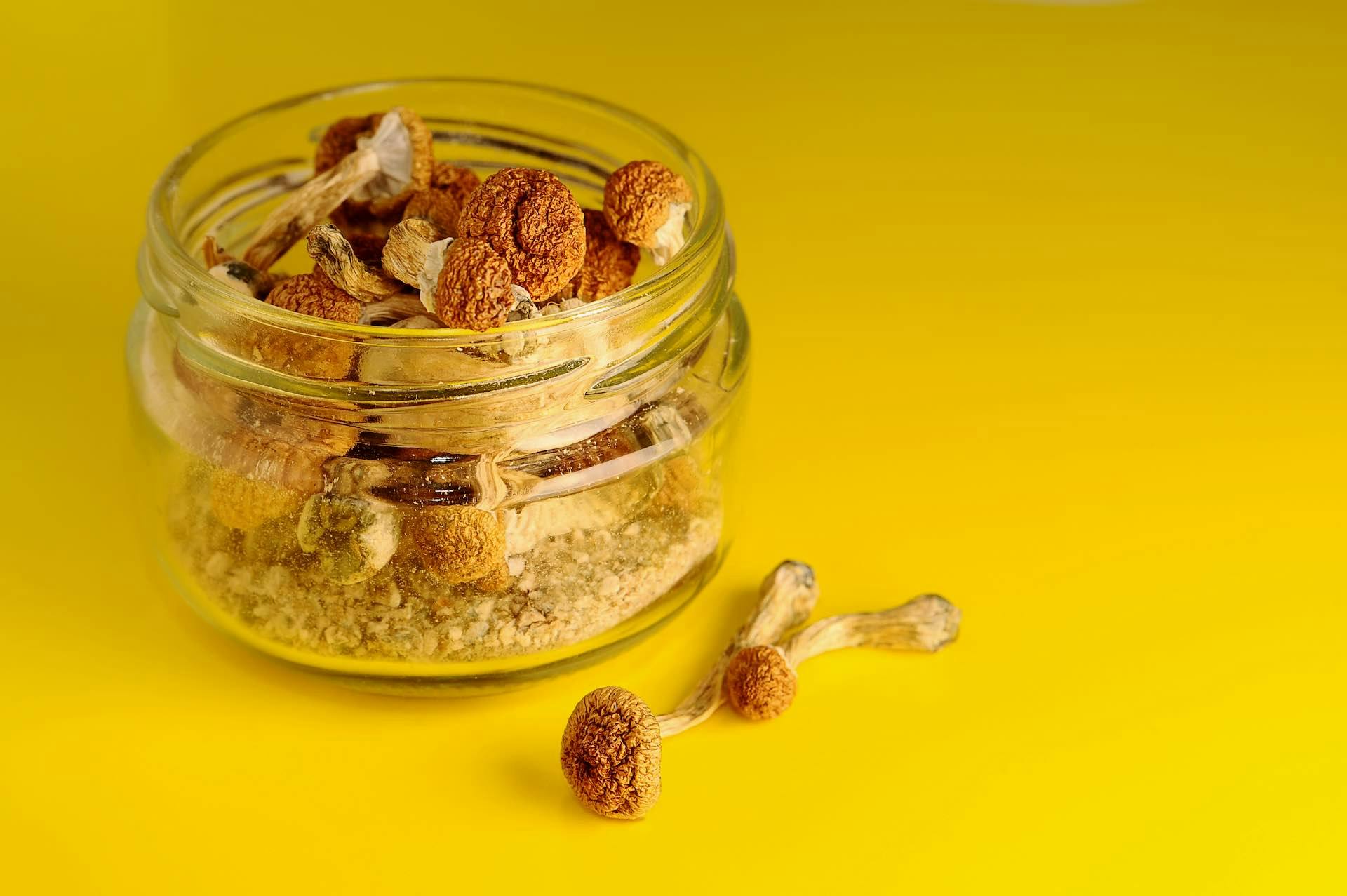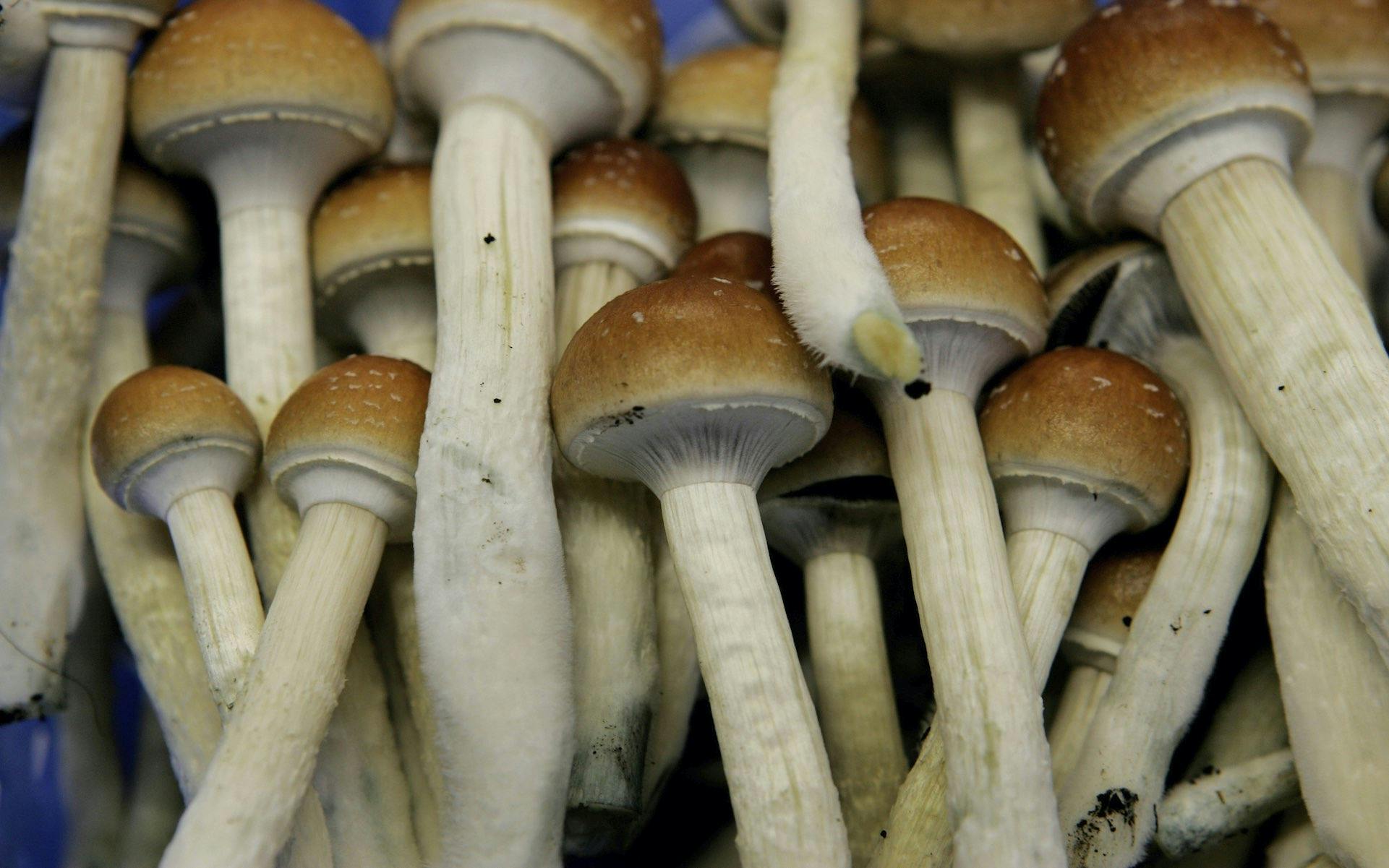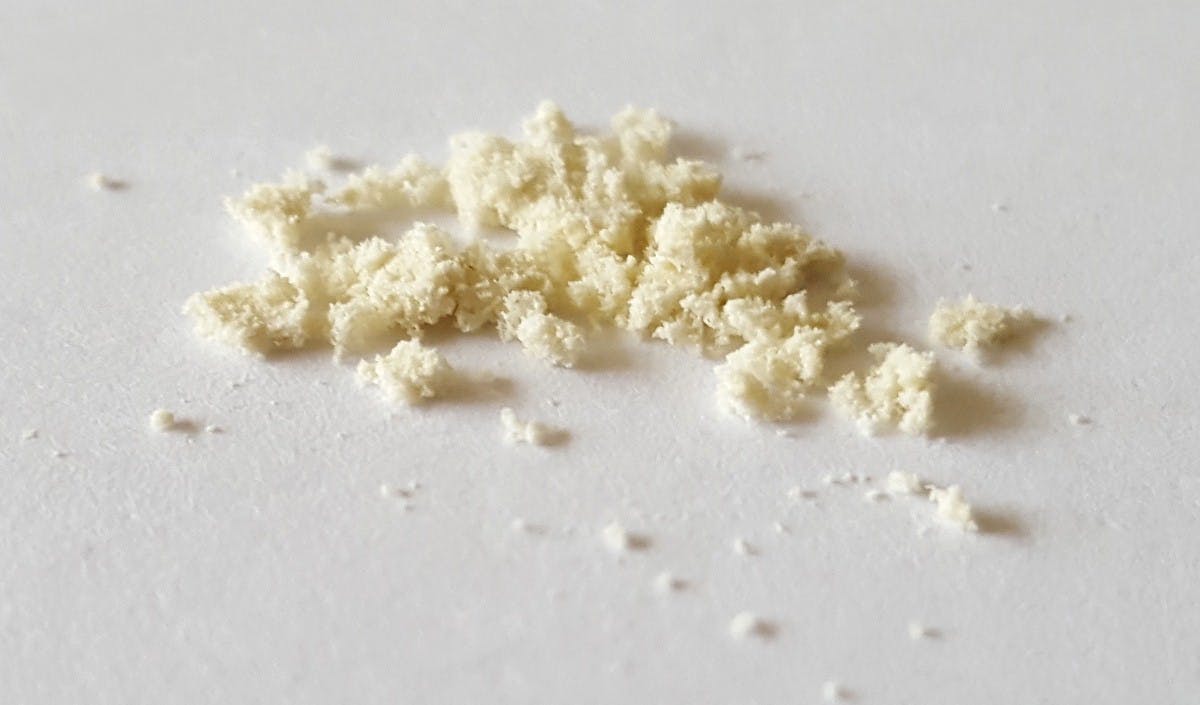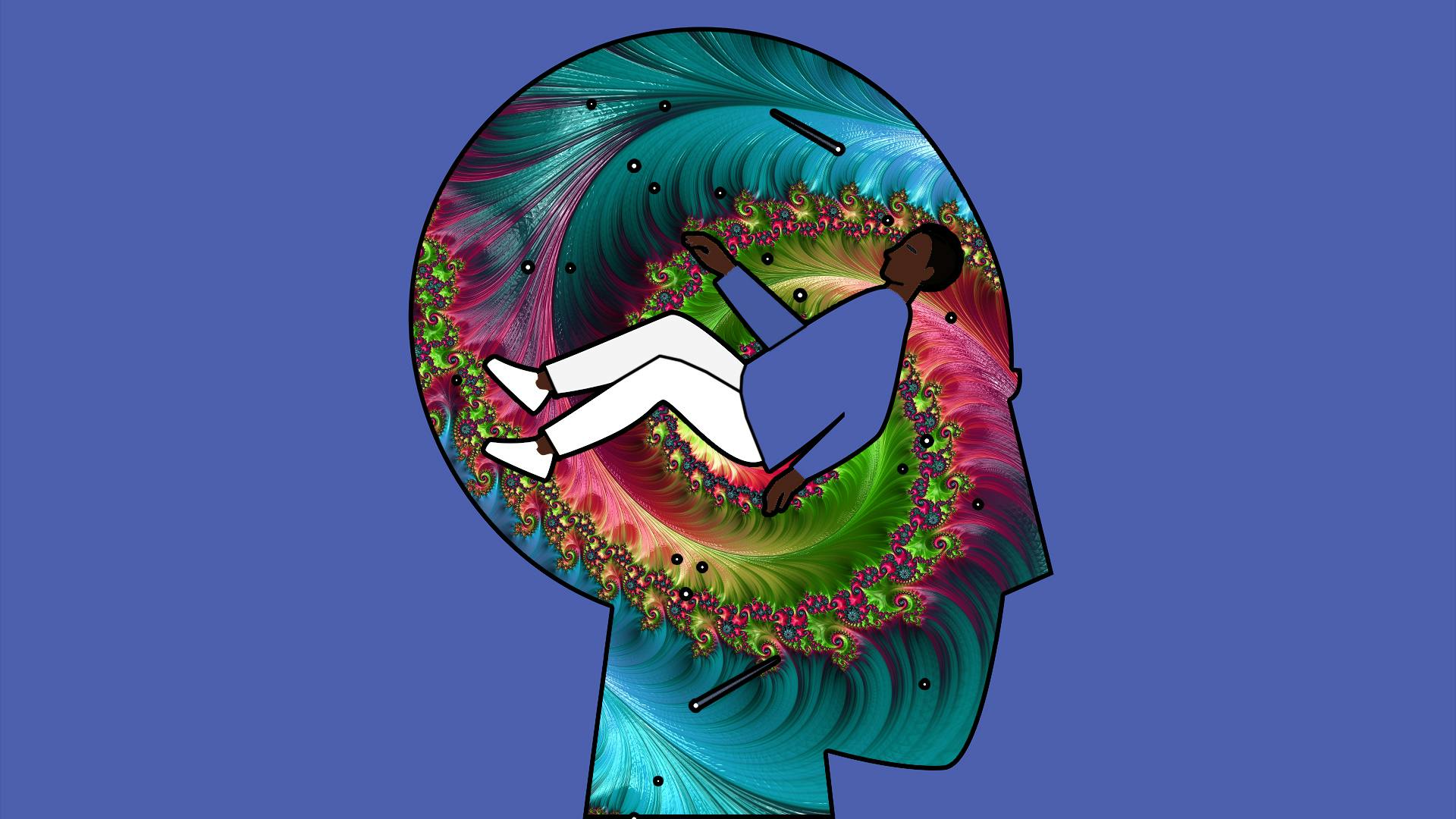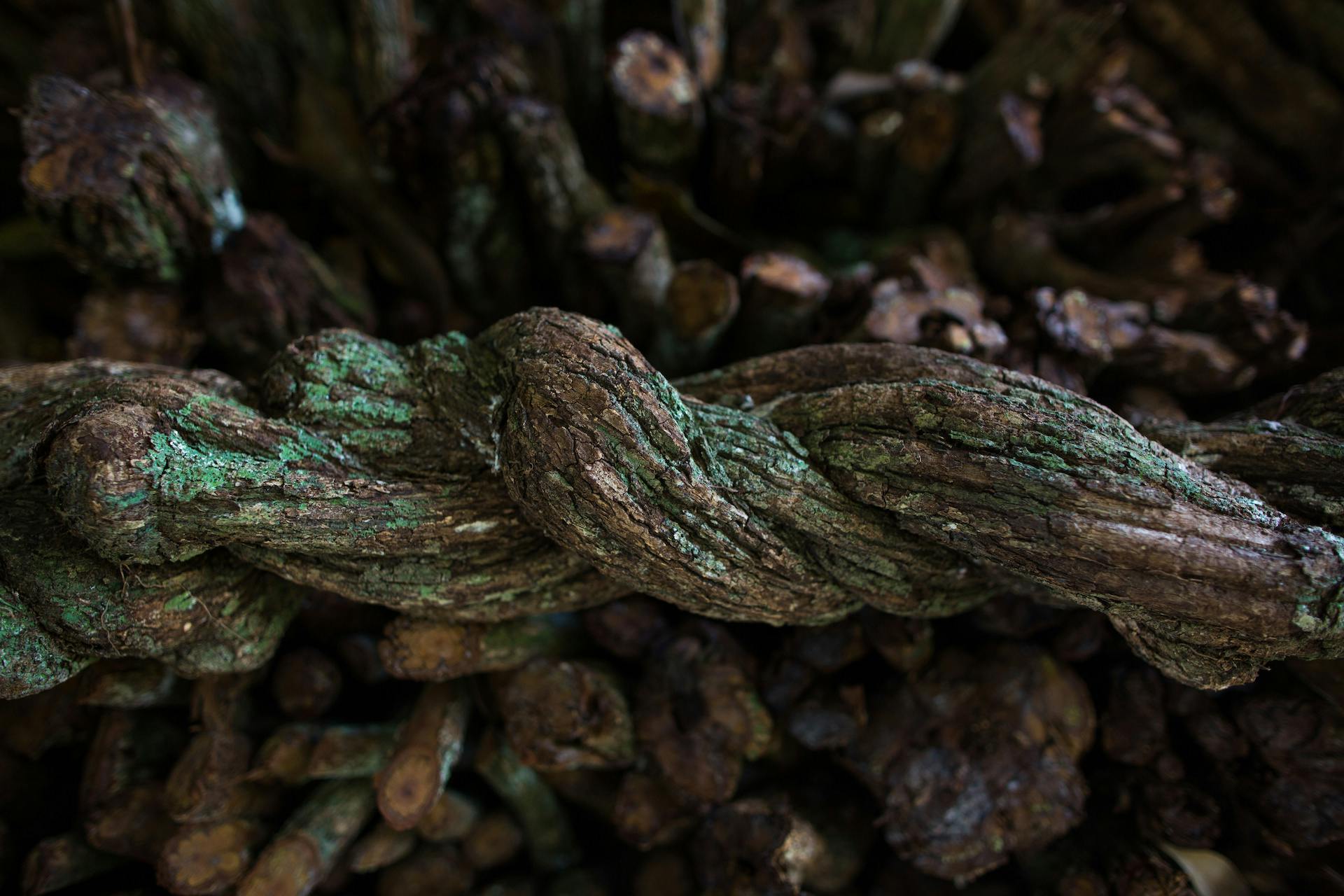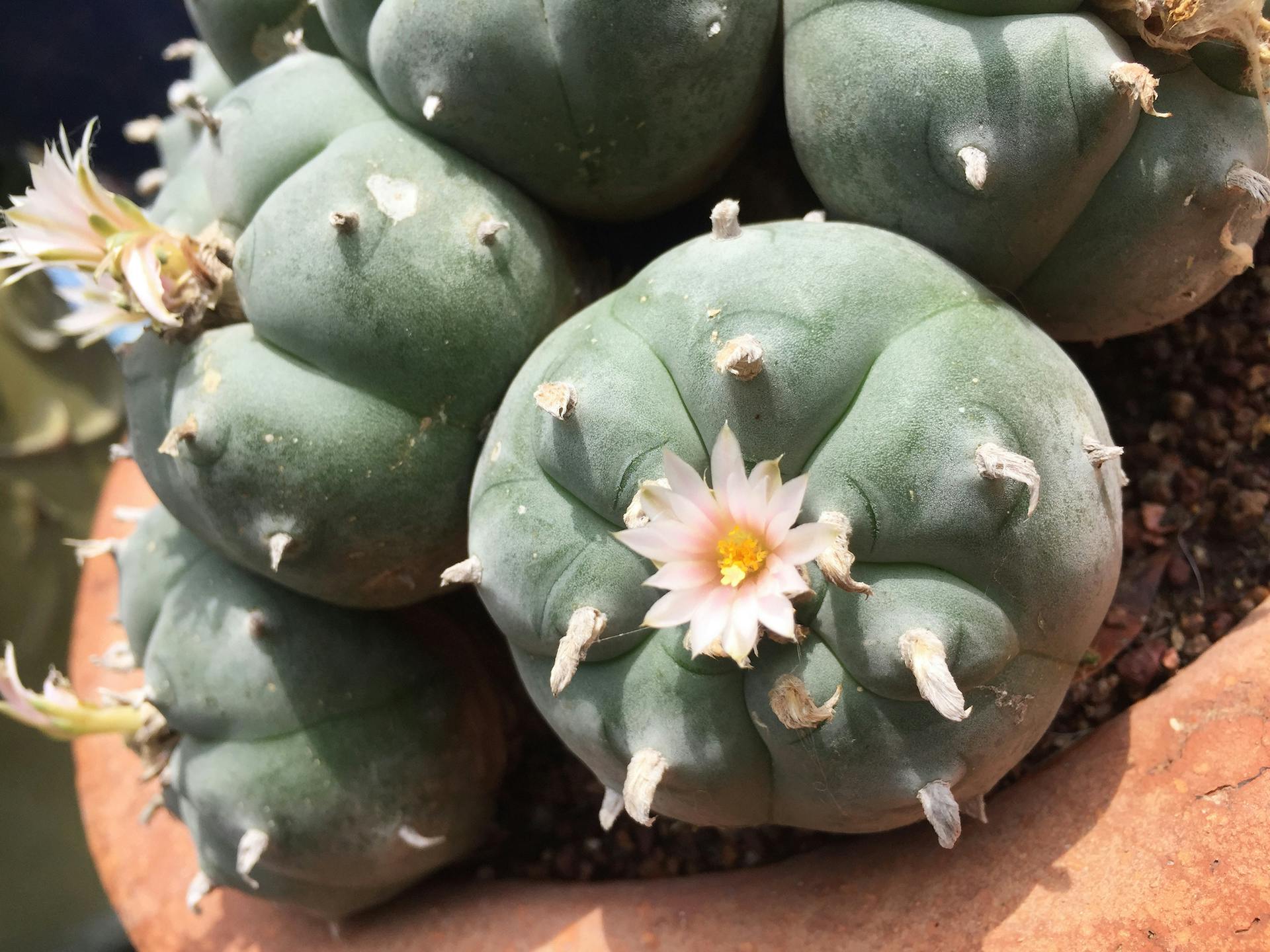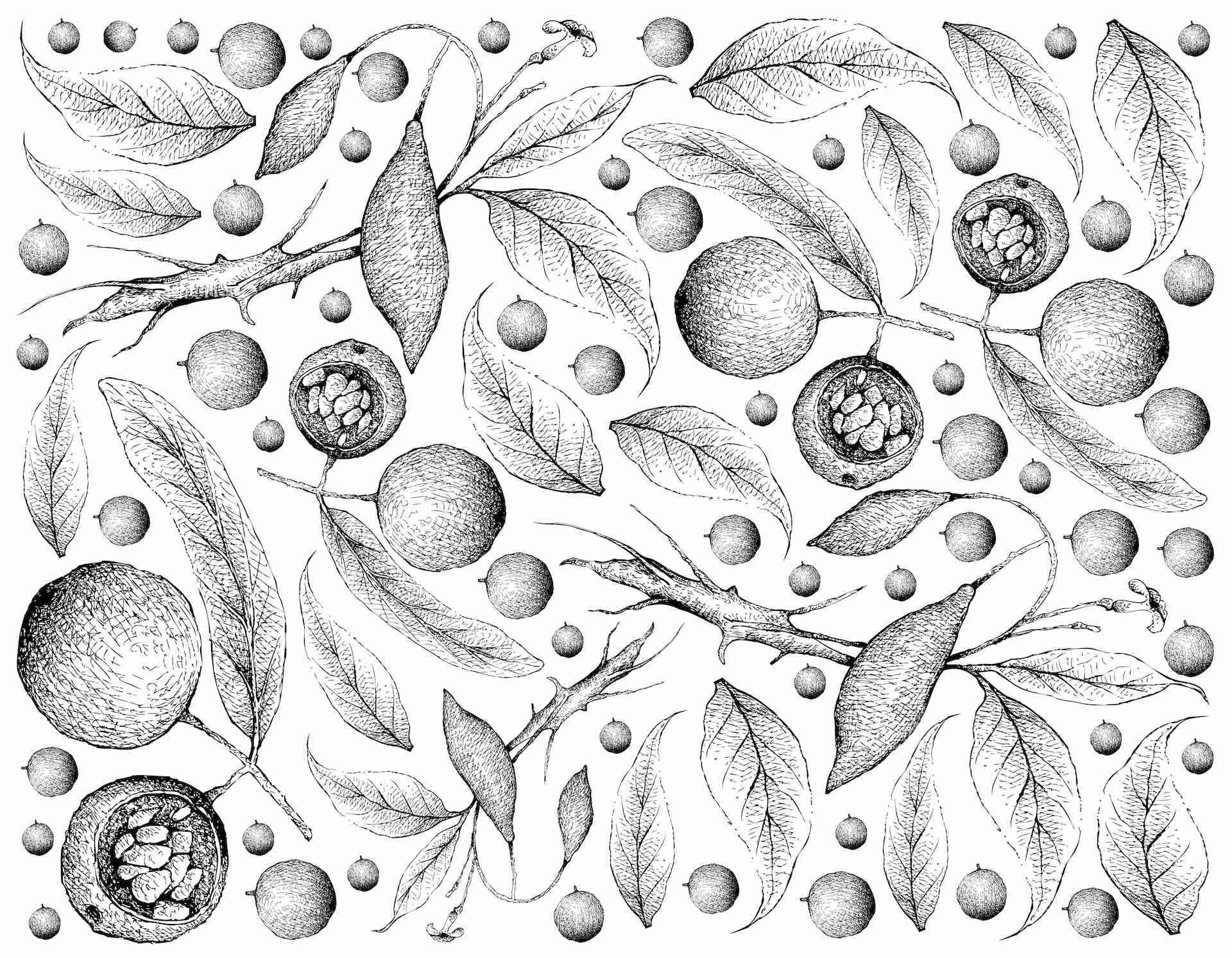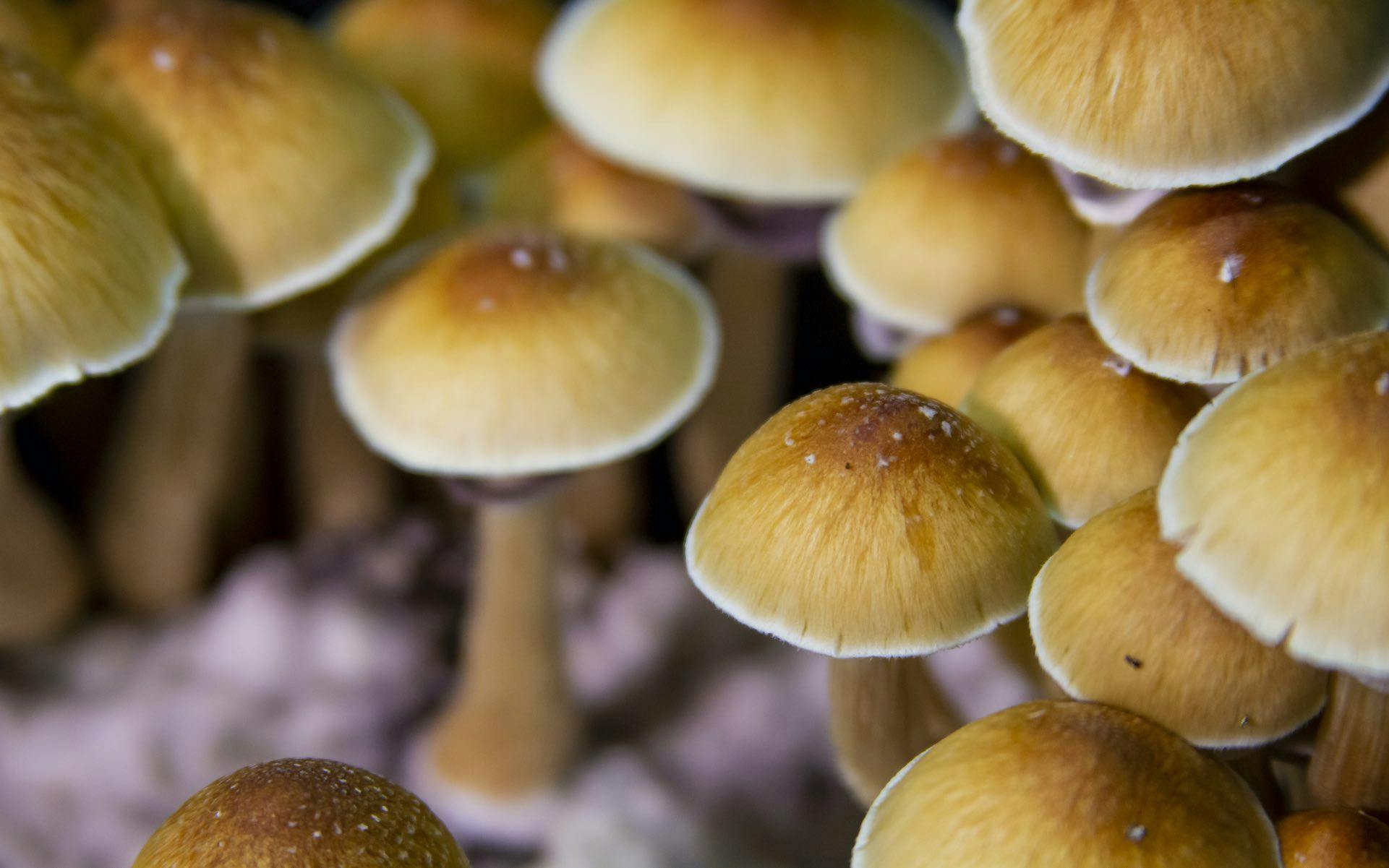
Welcome to Leafly’s guide to psychedelics, where we explore the therapeutic and recreational benefits of these amazing substances.
The word “entheogen” is commonly used for these substances nowadays, a word in Greek which means “generating the god within.”
Entheogens are understood as compounds that promote life-altering experiences, encouraging profound insights into the nature of life and consciousness, and the term also alludes to the spiritual aspect of these substances and the idea of them as plant teachers.
What are psychedelics?
Psychedelics are potent psychoactive chemicals or plants that can alter perception, mood, and cognitive processes. Some of the most common psychedelics include:
- Psilocybin (found in certain mushrooms)
- LSD
- MDMA
- DMT (dimethyltryptamine)
- Ayahuasca (a brew containing a woody vine and the leaves of the chacruna plant)
- Mescaline (found in San Pedro and peyote cacti)
Mind-altering psychedelic plants naturally grow as far afield as the Amazon, the Himalayas, and the Pacific Northwest of the US.
Psychedelics aren’t a new fad. Their use predates the written word, with archaeologists confirming their use in ancient ritual and ceremonial contexts. While the ingestion of psychedelics for recreational and sacred purposes has been ongoing, their therapeutic potential was first recognized by scientists in the mid-20th century.
The word “psychedelics” was first coined in 1957 to identify drugs that reveal useful aspects of the mind. In recent years scientists have begun referring to psychedelic compounds more properly as “entheogens.”
The term “entheogen” is commonly used for psychedelics nowadays, meaning “generating the god within” in Greek.
One of the motivations for this renaming was a concern among scientists that “psychedelics” carried negative cultural baggage from the 1960s. Use of the term entheogens is intended to allow patients, medical practitioners, policymakers, and the public to approach this emerging field of medicine and discovery without stigma or bias.
Between 1950 and the mid-’60s, more than 1,000 clinical papers were published on psychedelic drug therapy, spearheaded by researchers awed by the assorted medical benefits these compounds could potentially offer.
Shop highly rated dispensaries near you
Showing you dispensaries nearThe introduction of the Controlled Substances Act in 1970 saw psychedelics research slow to a trickle as government-sanctioned research ceased, and the compounds became tarred by the War on Drugs.
Fast forward to the present day, and studies into this fascinating compound have picked up momentum again. Scientists are delving back into psychedelic research, exploring the myriad ways this unique medicine may help heal diverse ills. Recent research has shown promise in using psychedelics to treat substance dependency, PTSD, depression, anxiety, and to help with end-of-life care.
Guide to psychedelics
Check out more in-depth articles on these topics:
Psychedelics medicine: How psychedelics can help
As the stigma of psychedelics is waning, more studies are showing the benefits these substances can offer to help treat a multitude of conditions, including anxiety, depression, PTSD, addiction and much more.
How do psychedelics work?
Learn how psychedelics affect the human brain, and how they interact with serotonin receptors and the default mode network (DMN).
The history of psychedelics
See how psychedelic have seen used in some cultures for thousands of years, and how interest in the substances increased in the 20th century, up to today.
Which psychedelic drugs are legal?
The psychedelic legalization movement has been picking up steam recently with cities, districts, and states decriminalizing them, and some even legalizing.
Types of psychedelics
Get to know more about MDMA, LSD, mushrooms, and DMT, their histories, how they make you feel, and why people take them.
Smoking weed with psychedelic mushrooms
Is it a good idea to mix the two, or a recipe for a bad trip? Research is sparse, but we look into the benefits of combining these two substances.
Pat Goggins and Emma Stone contributed to this article.
By providing us with your email address, you agree to Leafly's Terms of Service and Privacy Policy.


